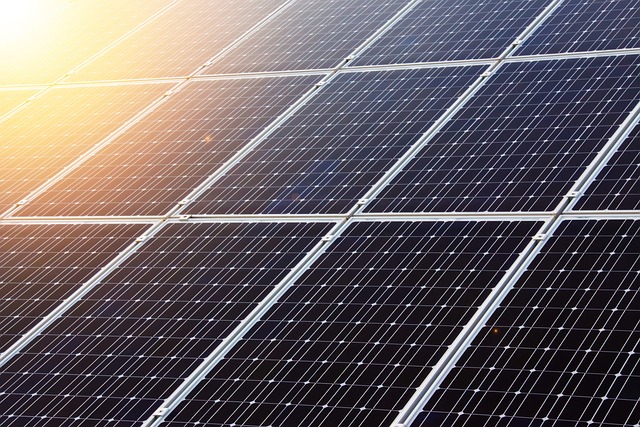
Juan Luis Delgado, Ikerbasque researcher at POLYMAT and the University of the Basque Country (UPV/EHU) in collaboration with researchers from the University of Oxford (UK), has published an article in the prestigious journal JACS (Journal of the American Chemical Society) that explains the functioning of perovskite solar cells with top-level efficiency and improved stability.
Perovskite solar cells could be the alternative to those of crystalline silicon currently on the market as they have advantages over conventional silicon panels, such as higher efficiency (efficiencies above 25%) and lower cost. Perovskite cells are manufactured by "solution processing", which is cheaper and less polluting than silicon purification. Their main drawback when it comes to commercialisation is their stability, and it is in this area that scientific research, such as that which has been published in JACS, is currently focused.
A team of Oxford University researchers led by Henry Snaith (University of Oxford, UK) and Juan Luis Delgado (Ikerbasque, POLYMAT and UPV/EHU, Spain) have joined forces to provide insights into the use of state-of-the-art additives to obtain highly efficient and stable solar cells. In 2019-2022 several research groups described the incorporation of a small amount of additive (methylenediammonium dichloride) to achieve the highest efficiency certified so far for perovskite solar cells (25.7% PCE). In this work, the role of the additive during perovskite crystal growth has been studied and it has been found that this additive decomposes over time to more stable chemical forms conferring improved perovskite stability (>1 year exposed to air).
These results are extremely important and will have direct implications for the future development of stable, high-efficiency perovskite photovoltaic devices.
Professor Delgado received his B.Sc. degree in Chemistry (2000) from the University of Castilla-la Mancha, and later received his doctorate in Chemistry (2004) from the same university. During 2004 and 2006, he worked at the CNRS (Strasbourg and Toulouse, France) as a postdoctoral researcher. From 2006 to 2008 he was a "Juan de la Cierva" researcher at the Complutense University of Madrid. From 2008 to 2013 he was a "Ramón y Cajal" researcher at Imdea Nanoscience, Madrid. Since 2015 he has been an Ikerbasque researcher and leads the Hybrid Materials for Energy group at POLYMAT and at the University of the Basque Country (UPV/EHU).
E. A. Duijnstee et al. J. Am. Chem. Soc. 2023, 145, 18, 10275–10284
.png)
